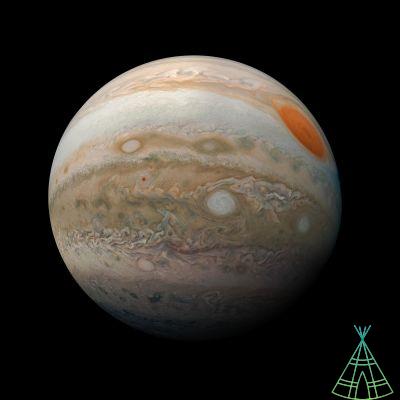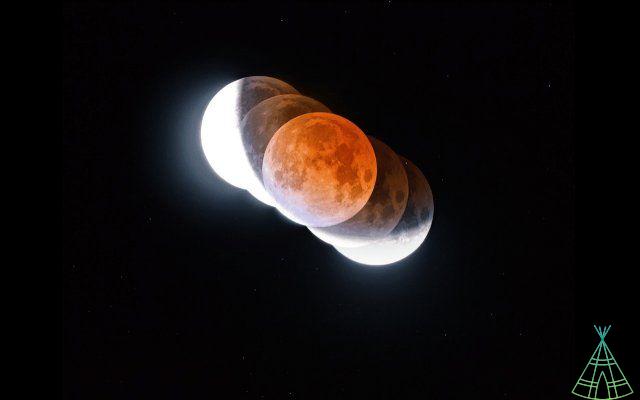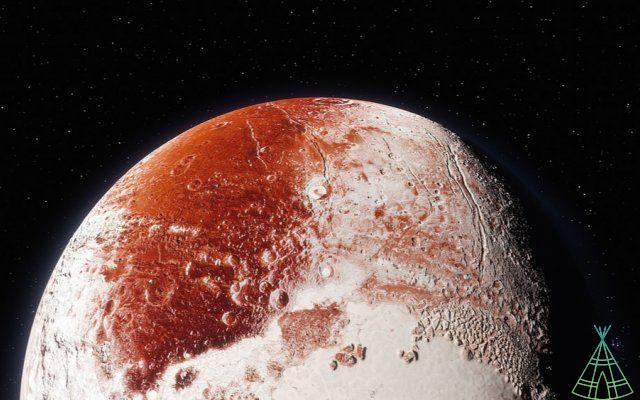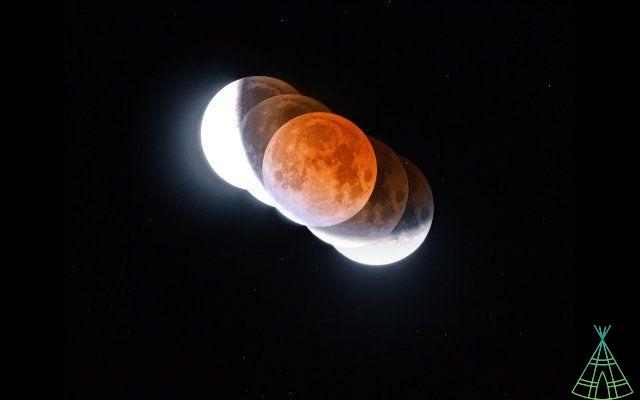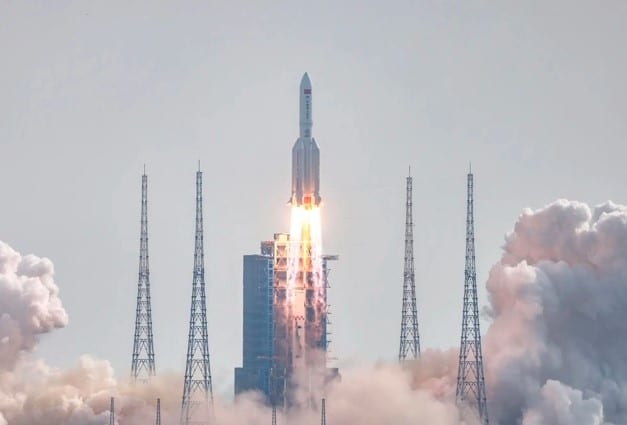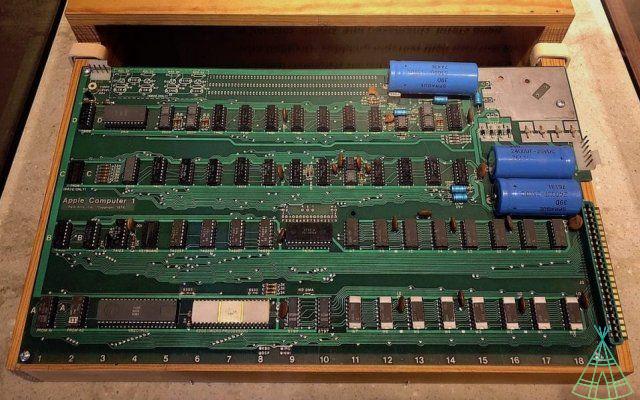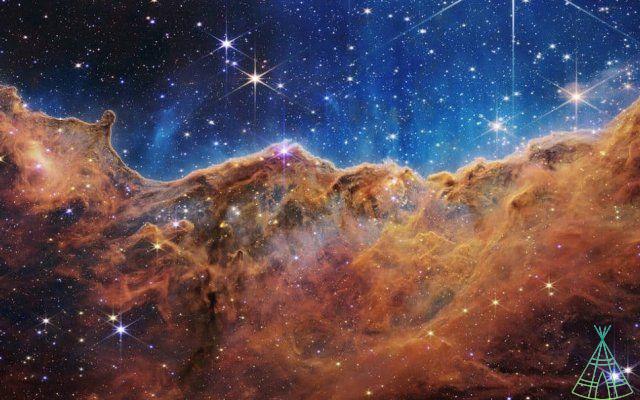
Astrophysicists may have found the oldest core of the Milky Way, "the old heart", the original portion of stars around which all other stars formed. This ancient core is located in the constellation of Sagittarius and is home to 18 of the oldest stars.
It is believed that these ancient stars were part of the protogalaxy that gave rise to the Milky Way. They make up about 0,2% of the galaxy's total mass, the researchers found. Despite being published, the results have not yet gone through peer review, an important part of validating a scientific study.
Read more:
- Magellanic Stream is closer to the Milky Way – what does it mean?
- Study wants to explain why the Milky Way is spiral-shaped
- Scientists discover planet three suns in the constellation of Orion
To arrive at this discovery, the researchers used data from the Gaia observatory of the European Space Agency (ESA). This observatory was launched in 2013, with the aim of assembling the most detailed and accurate map of the Milky Way.
The astronomer of the Max Planck Institute of Astronomy, Hans-Walter Rix, author of the study, declared that it is not new that scientists are looking for older stars in the galaxy that houses the Solar System. "Now we've shown that they are there in large numbers," Rix told Live Science. He even stopped this discovery at the work of an archaeologist: “it's doing archeology in an ancient city. We show that the oldest and most primitive ruins are in the center of the 'modern' city.”
To find the Milky Way's "ancient heart", astronomers looked to its central region, where there was a small proportion of stars the same age as the Milky Way - about 13 billion years old. By examining the paths, collisions and stellar positions, the researchers were able to separate stars that lay the ancient heart, from stars that originated in a dwarf galaxy.
According to Rix, "these stars put about half of the total stellar mass that are born once". For him, this is the reason that keeps at least half of them alive until today.
Other factors associated with the history of the Milky Way
In addition to this discovery, it was also possible to verify two other novelties. First, it was found that the core of the Milky Way started its life in a stationary way; eventually it picked up rotational velocity as the galaxy's center of mass grew. Second, despite multiple mergers of smaller galaxies, the nearby cluster of stars at the center of the Milky Way means that its core has not been invaded by collisions from other galaxies.
After peer review and the making of new studies, it will be possible to discover even more details about the early years of the Milky Way, or even the formation of the first chemical elements known today.
Have you watched our new videos on YouTube? Subscribe to our channel!











